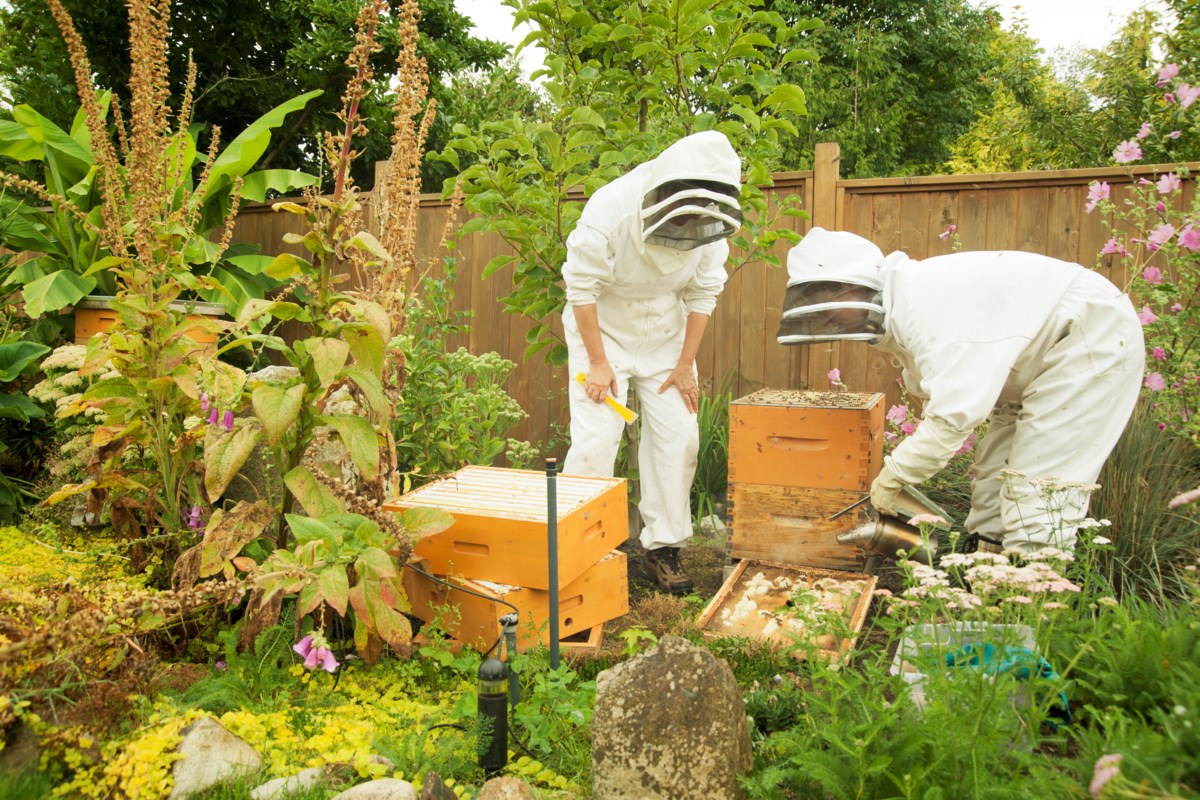The sound was unmistakable and immediately caught my attention.
The sun poured down on the farm that morning, lending a warm atmosphere to a still chilly day in early March. The unexpected song stood out against the background of several dozen geese, annoyed by my intrusion into what they apparently considered to be “their” meadow.
And there you have it, the source of the unusual – and most welcome – singer: our first red-winged blackbird of the year.
These birds are true harbingers of spring. This perky fellow, his bright crimson epaulettes shining against the charcoal shades of his feathers, perched high in the bare branches of a black walnut tree, announcing his apparent claim to territory around the ponds.
Red-winged blackbirds have long been annual occupants of the meadow, raising at least one brood each season. As the young take flight, their first somewhat unsightly flight attempts are often around the clusters of tall cattails that encircle much of the larger pond. I’m always afraid that they miss their landing spots and fall in the water, which could end badly.
If Mrs. Red Wing Blackbird was around, she kept a low profile. The females of the species, like many songbirds, lack the distinctive bright red wing markings of the males. Their subdued coloring, however, is nature’s perfect camouflage to give them near invisibility while nesting.
A few minutes earlier, the first pair of robins spotted here had appeared, not far from where Mr. Red Wing was chirping. Hopping near a few pieces of equipment parked under the house, they appeared to be inspecting the real estate. Knowing the housing quirks of blackbirds, I was hoping they weren’t aiming to start dragging nesting material into something with a motor. A year or two ago, friends of the farm were victims of a destructive tractor fire, due to the choice of the nesting site of a pair of motorized robins.
And, on that March morning, when some of the most iconic spring-harbinging birds had arrived on the farm, a bright patch of yellow also caught my eye. Squatting on the ground beneath my favorite rosebush was a cluster of winter aconites in full bloom, spreading their cheery yellow blooms wide before the first crocus was even in bud in a patch sheltered by the greenhouse.
Keeping company with the aconites a few yards away was another group of low-growing plants showing white flowers, snowdrops blooming happily even without an insulating blanket of their namesake flurries.
Approaching the lower edge of the prairie, where a barrier of fences and fences forms the turning point of my morning walks on the prairies, I was stopped dead in my tracks by a truly unexpected sight. Tiny red buds dotted the tall, old swamp maple growing at the edge of the shallow, shady frog pond. I immediately thought of a beekeeper friend who lives a few miles away, wondering if one of her busy worker bees might be heading our way to help with the grand opening of those first maple buds.
The official proclamation of the timing of the arrival of spring may still be a week away, but Mother Nature is following her own schedule, oblivious to the astrological determinations of us humans. After several long spells of freezing cold that marked the first two months of the year, most of us are more than ready to welcome these obvious signs of warmth, sunshine and growing greenery to come.
It is worth wasting the hour of sleep that will have to be given up this weekend in exchange for longer evenings. This extra hour of daylight after supper is the perfect time to enjoy the gradual fulfillment of the promises made by the arrival of robins, maple buds and the first early flowers pushing through evergreen patches and strewn with dry and dead grass.
So don’t forget to put your clock forward. Spring is advancing.
 Xoven Agricultor
Xoven Agricultor



